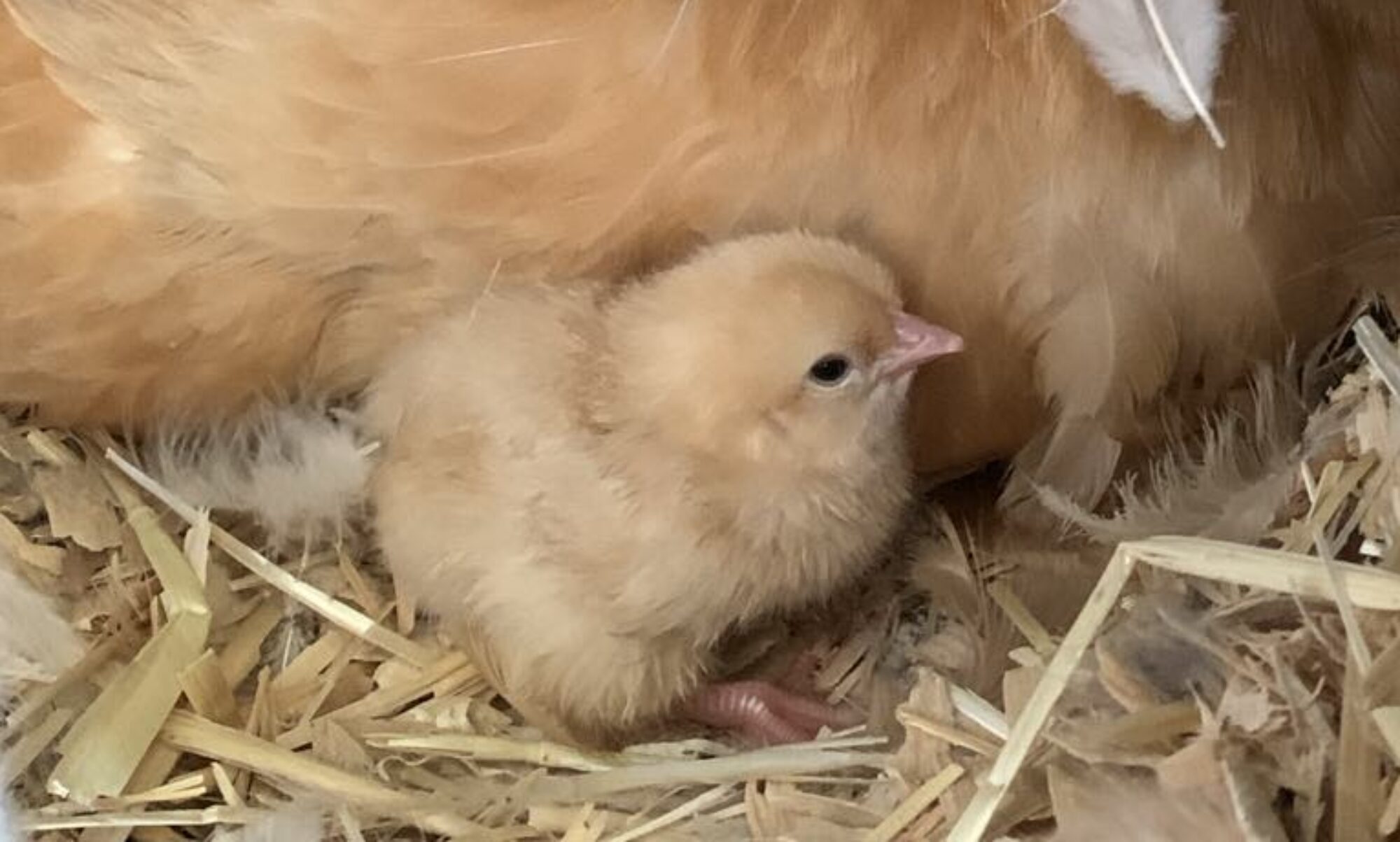Not all animals were created equally. Many species have digestion systems that are unique and fitted for the environment they lived in, in the wild. We have domesticated these animals over the years and changed their eating habits. In an effort to make sure our animals are getting the nutrients they need, it’s a good idea, no matter how uninteresting it may seem, to understand their inner workings. Our goal is to raise healthy, beautiful, productive animals.

The digestive system of a chicken is different than that of other animals. Chickens are omnivores, meaning that they eat both plant and animal; and they have no teeth. A chicken will eat fruits, vegetables, seeds, grasses, herbs, grains, insects, meats, dairy and leftover people food.

They pick through food with their beaks, decide what looks good, and swallow it. Sometimes they swallow so quickly, I wonder if they even know what their food tastes like! As food travels through a chicken’s mouth, it is mixed with saliva and some digestive juices to start the digestion process. The food travels down the esophagus to a food storage compartment called the crop. You might notice a lump at the base of your chicken’s throat after they have eaten. This is normal. The crop can stretch to accommodate a good amount of food. Food can be stored in the crop for up to 12 hours. It appears that this is a survival mechanism for chickens. Since chickens are prey animals, this allows them to gobble up a lot of food, store it and digest it later.
Food is slowly released from the crop and it travels to the gizzard. The gizzard is the organ where food is actually broken down. The chicken consumes small pieces of rock and sand, called grit, which sit in the gizzard. These small pieces of rock which work like grinding stones, along with digestive juices and the muscular action of the gizzard, cause food to be broken down into usable particles. The ground up food then passes on through the small intestines where nutrients are absorbed. Next stop is the ceca, a sack where undigested food is broken down further by bacteria before being sent on to the large intestines where water is absorbed. Whatever is left passes through, is mixed with urine and excreted through the vent.
If your chickens are able to free-range or have access to a yard and dirt, they can pretty much take care of finding grit for themselves. For birds that are caged or don’t have access to small bits of rock and pebbles, grit needs to be provided for them. Again, grit is just ground up or small pieces of rock. Prepackaged grit is available at most animal feed stores and is fairly inexpensive, or you can prepare your own. If preparing your own, inspect the dirt to make sure there is plenty of small rock particles. Don’t confuse oyster shell with grit. They are different products, serve different purposes and are not interchangeable. A chicken who is not provided with sufficient grit can suffer from nutritional deficiencies and even intestinal blockages. Impacted crops and intestinal blockages may require veterinary intervention, so prevention is the key.

For young chicks, their starter food is ground small enough that they don’t need grit. However, once you start supplementing their starter feed with treats, oats, herbs, or fresh produce, it’s time to begin giving them grit as well. They do make a chick grit that is specially formulated for small gizzards. Chicks under 10 weeks of age should be given the smaller chick grit.

Providing grit is easy. It should be available at all times. It is simple enough to keep a container filled with grit inside the coop. It is insoluble so it won’t dissolve or melt. I’m lucky in that my chicken run is dirt and contains lots of small pieces of grit. I do, however, introduce my chicks to fresh produce and chopped up oats, so I make sure that I provide them with grit. I think they instinctively know that it’s something they need.

The more we learn about our animals, the better suited we will be to attend to their needs and prepare for any problems that might arise.
Sources:
https://www.nutrenaworld.com/blog/the-poultry-digestive-system
https://poultrykeeper.com/digestive-system-problems/digestive-system-chicken/

